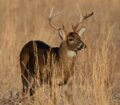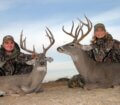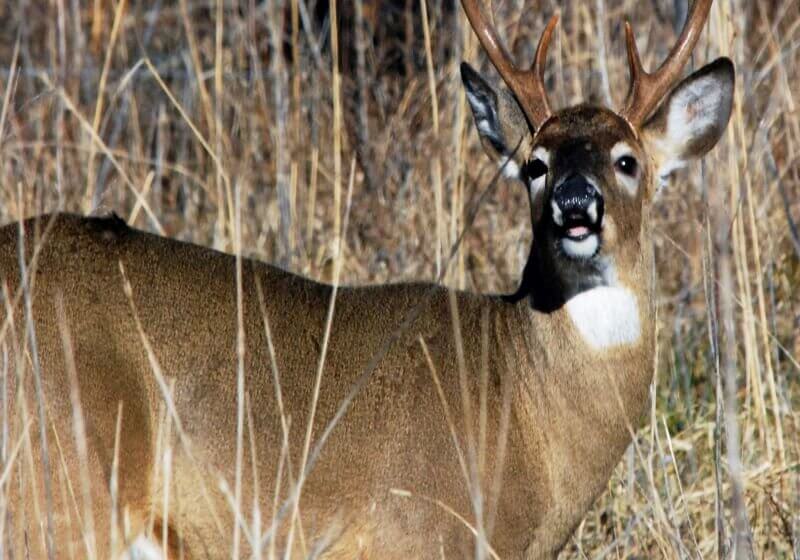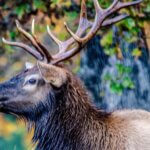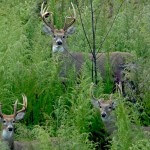Editor’s Note: “A 60-acre lease can provide all the land you and your friends need to bowhunt or gun hunt successfully – if the lease is the right 60 acres,” says Jim Crumley of Buchanan, Virginia, founder of Trebark camouflage. “If plenty of deer are passing through the property, and if you can shoot accurately for at least 20 yards in every direction, then all the land you need to take white-tailed deer consistently is about 40-square yards.” The rest of the week we’ll learn tactics to use to micro-manage deer successfully.
To manage small tracts of land successfully for deer hunting, you also need to determine how many deer hunters can harvest from that property.
“If you have a 300-acre tract of land leased next to a national goose refuge that allows no deer hunting, and, if you have plenty of food and numerous thick-cover corridors for the deer on your property to funnel from the refuge onto your land, you may need to harvest more animals than you normally will consider taking,” Dr. Grant Woods, one of the nation’s leading deer nutritionists and wildlife researchers, reports.
“One of the best ways to determine how many deer to harvest in a situation like this is to look at your food plots by January.”
“If the deer have eaten all the food from your plots by January, you haven’t harvested enough deer in the past season. To amend this situation, increase your harvest to the point where there’s still food remaining in your plot in January.”
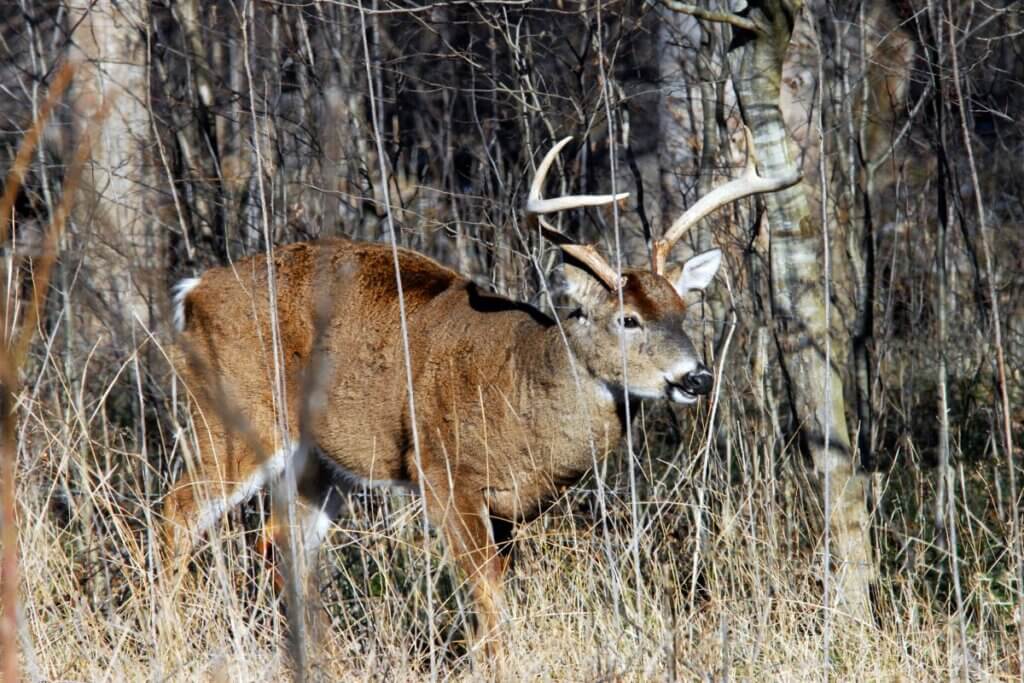
Keep Quiet:
You must implement a minimal-disturbance plan to acquire maximum yield in both size and quantity of the deer you take off a micro-managed area. “The deer must believe they can come onto your land without feeling like they’ll be disturbed,” Dr. Woods explains. “During hunting season, you want as little deer disturbance on the property as possible.”
If you employ a minimal-disturbance management system, you must quit scouting during hunting season. Instead, enter, and leave your hunting site as few times as possible.
“If you set-up travel corridors, and you know before the season begins that the deer are using these trails to come from their bedding areas, then you don’t need to scout,” Dr. Woods remarks. “You simply can hunt those corridors.”
Dr. Woods also recommends that you pinpoint the food sources that the deer feed-on when you hunt that land by planting samples of food on the property near your entry point to the property. For instance, says Woods, if you have sawtooth oaks on your property, you can look at the sawtooth oak tree you have at your entry point and say, “The saw-tooth oaks I planted should be dropping acorns, and the deer should be feeding there now.”
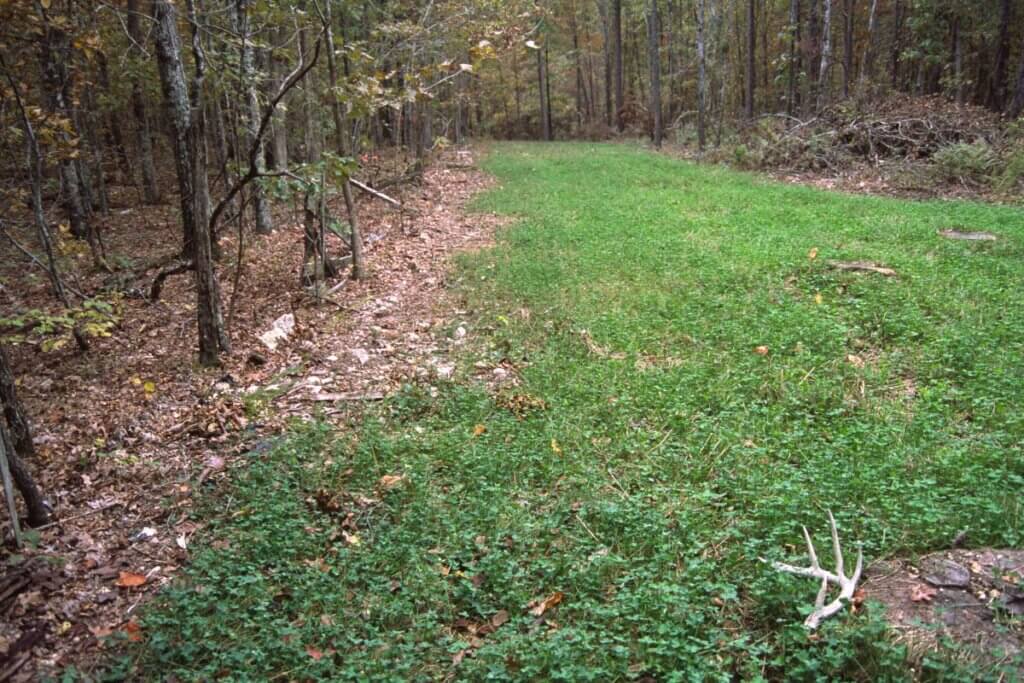
This method eliminates the need to check each food plot, nut tree, or wild plant every time you hunt to see where deer are feeding. By planting a small sample of these foods near your entry point to your hunting land, you can determine where and when to hunt without risking disturbing the deer.”
Also, remember to provide a wide variety of food for the deer to feed-on throughout the year, including green-field plantings, fruit trees, and native plants.
Deer Hunting Equipment You’ll Love: Hand-Held GPS
Explore the wild outdoors confidently on your next deer hunt with a reliable handheld GPS. The four GPS devices listed below are highly rated by hunters like you on Amazon, but you’ll want to browse their offerings for the features and price that fits your budget.
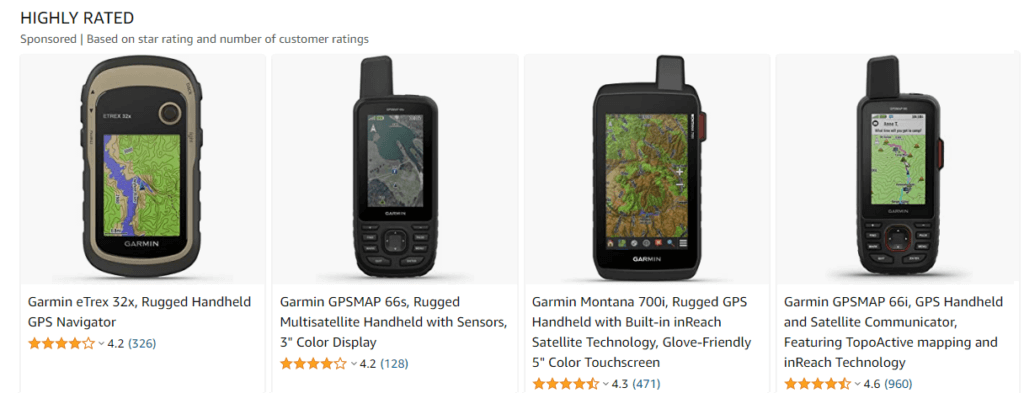
Don’t get lost in the woods without a handheld GPS!
Advice from Pros You Know: More Deer Hunting Resources
Check out John E. Phillip’s book, “PhD Whitetails: How to Hunt and Take the Smartest Deer on Any Property,” available in Kindle and in print and in Audible.
Check out John’s book, “How to Hunt Deer Like a Pro,” available in Kindle, print and Audible versions.
Since deer hunting and deer hunters are drastically changing each year, John interviewed some top deer hunters like Mark Drury, Dr. Larry Marchinton, Dr. Bob Sheppard, Pat Reeve, Gene Wensel, Cody Robbins, Ernie Calandrelli, Brian Murphy and Luke Brewster, who took the world’s largest whitetail, to learn their up-to-date techniques for successfully hunting deer and having more places to hunt.
Too, check out John’s book, “Bowhunting Deer: the Secrets of the PSE Pros,” available now in Kindle, print, and Audible versions.
When you click on the books, notice on the left where Amazon says you can read and hear 10% of these Audible books for free. On the right side of the page for each book and below the offer for a free Audible trial, you can click on Buy the Audible book.
To see all of John E. Phillips’ books on hunting and fishing, visit www.amazon.com/author/johnephillips.
Tomorrow: Minimize Deer Hunting Pressure

